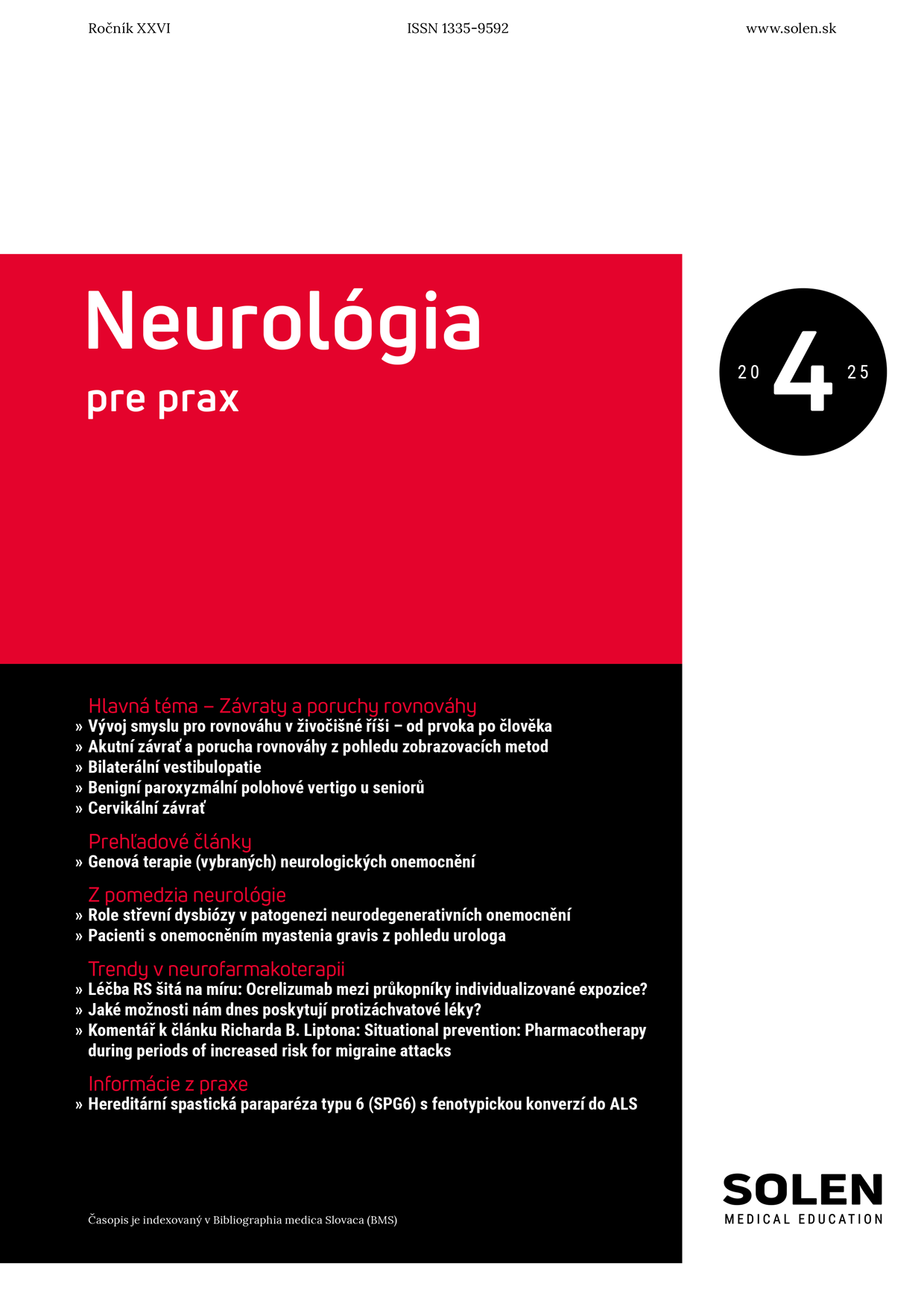Pediatria pre prax 6/2009
Influenza vaccination and chemoprophylaxis in children
Vaccination against influenza is a crucial tool to prevent this infection. The most important target groups are the defined high-risk cohorts. Influenza in the youngest age groups, i. e. in children under 2 or 4 years of age, has been repeatedly reported to be relatively often associated with a complicated course and hospitalization. Other serious pathogens in children of this age groups are RSV, parainfluenza viruses, adenoviruses and rhinoviruses. Whether to burden a non-high-risk preschool child with an extra vaccination in addition to the basic immunization calendar is a rather complicated question. While in the USA influenza vaccination is generally recommended for the whole population of children (from six months to 18 years of age), the European position is more reserved and influenza vaccination is usually limited to the defined high-risk groups of children as specified by the legislation in force. Nevertheless, in time of influenza epidemics, school age children, i. e. those from six to 15 years of age, are typically the most affected population group. In addition to a wide range of health and economic impacts, school age children with influenza are also an enormous source of infection in particular for the elderly. Long-term results of the Japanese vaccination program for school age children completed in 1977–1987 have clearly shown significant decrease in mortality in the elderly followed by another increase after the program was stopped. Although uncommonly used in children, influenza chemoprophylaxis is indicated in those at high risk of developing a complicated course of infection.
Keywords: influenza, children, vaccination, antivirals, morbidity.

















